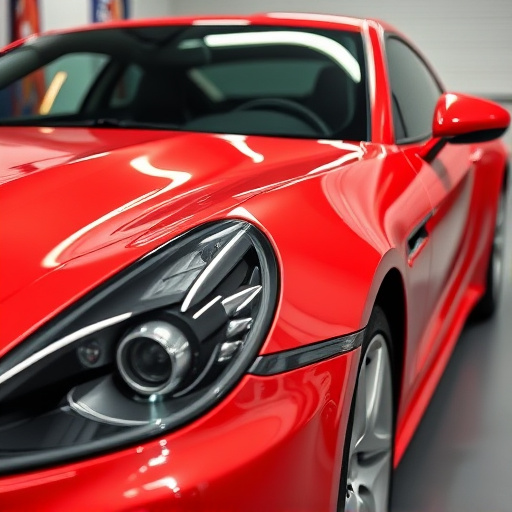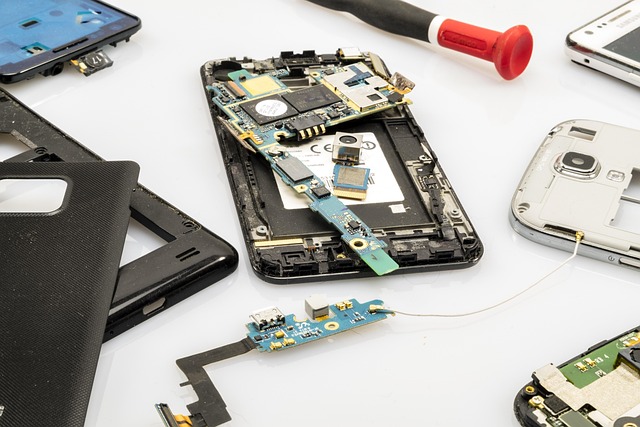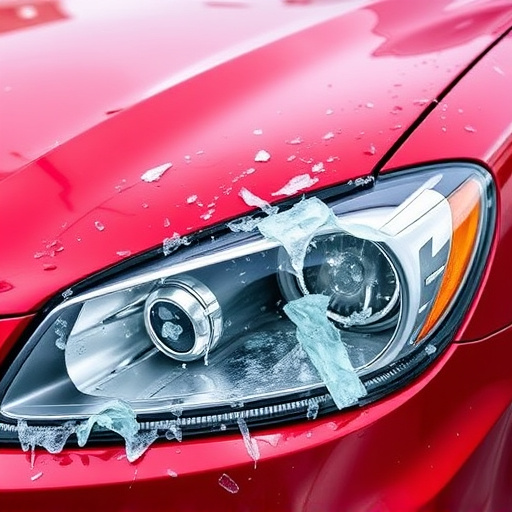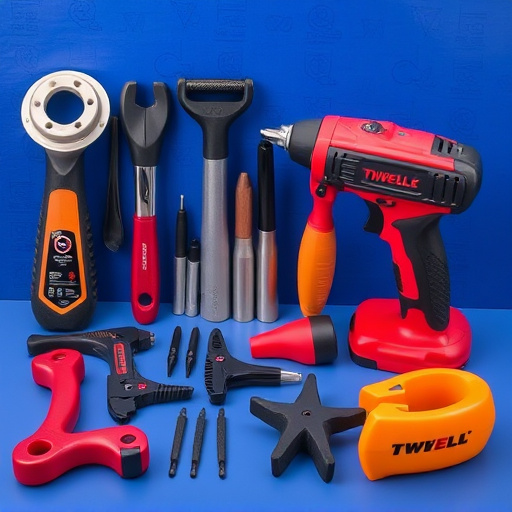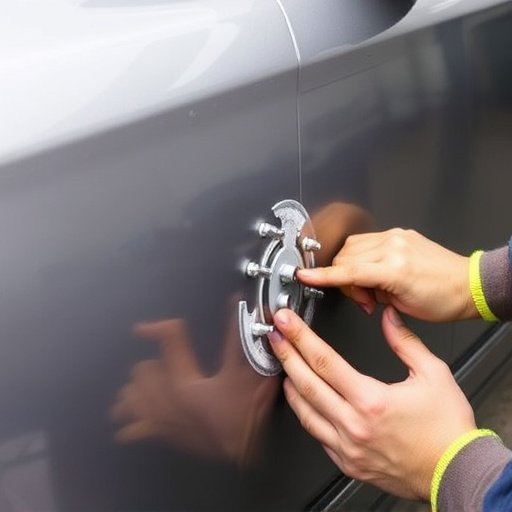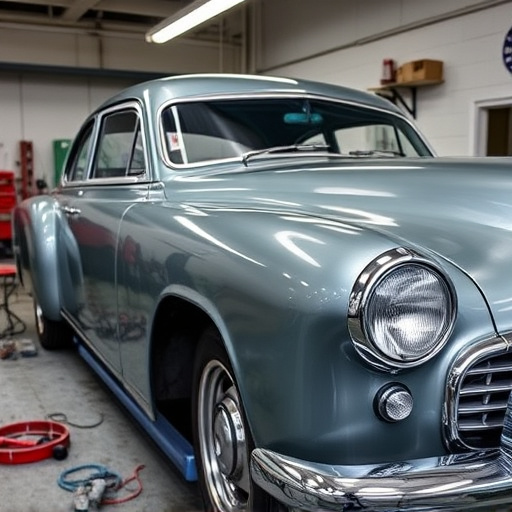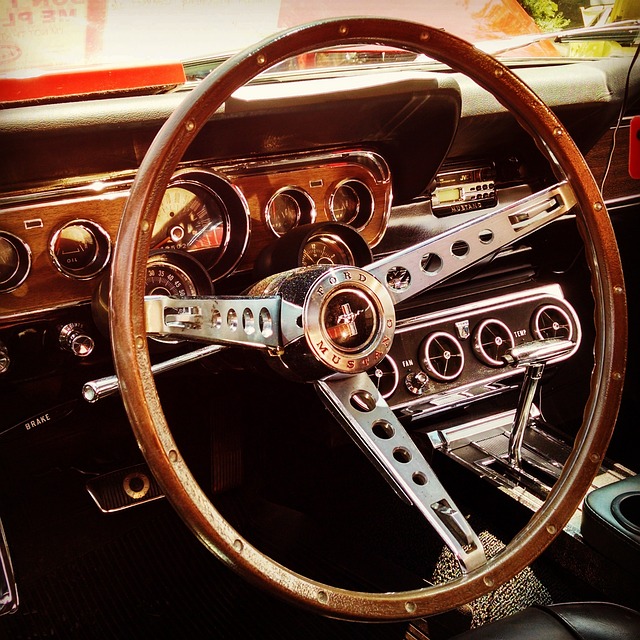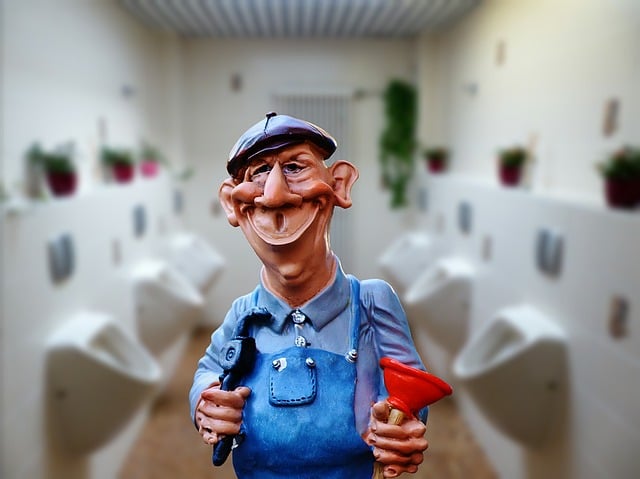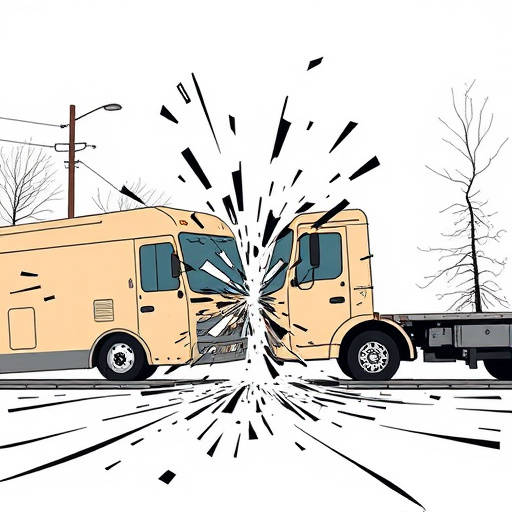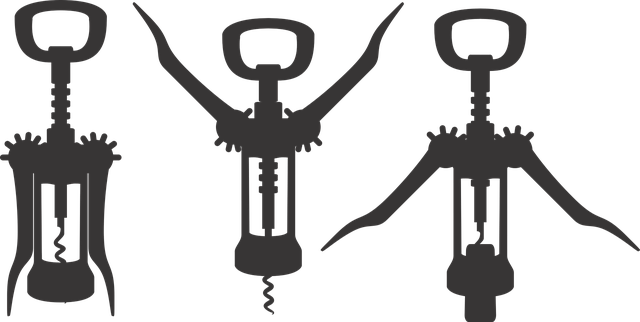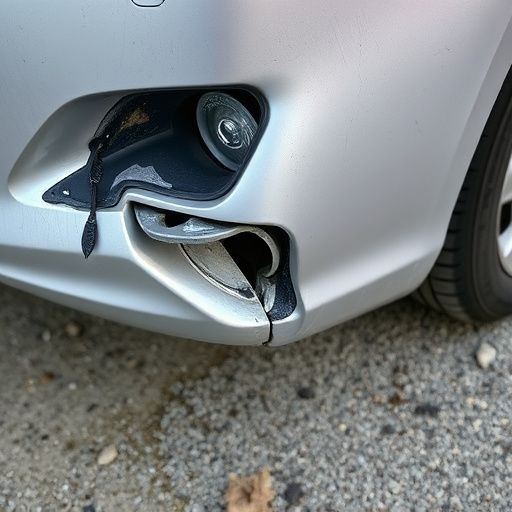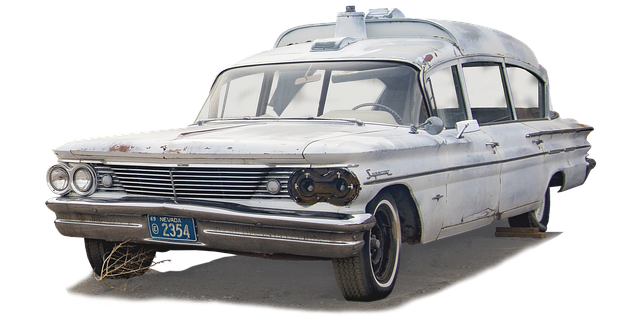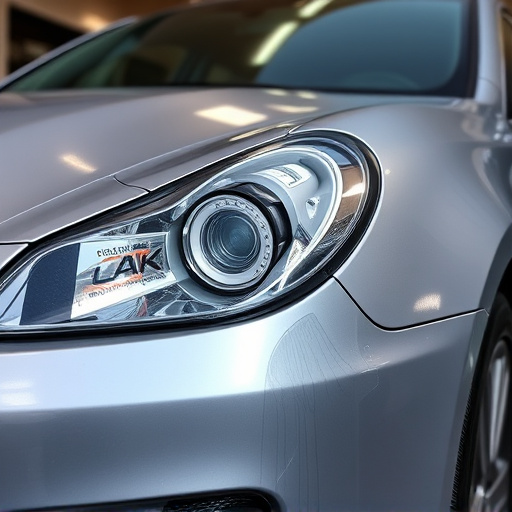Classic car restoration, a blend of tradition and innovation, involves meticulous preservation of automotive history. Restorers combine handcraftsmanship with modern technology like CAD software and 3D printing to recreate and repair vintage vehicles accurately. This evolution has made restoration more accessible, driven by passion and demand from enthusiasts. The modern auto industry benefits from these classical techniques, as seen in contemporary brands adopting similar methods, ensuring the timeless craft's enduring appeal.
Classic car restoration has transformed the automotive industry, evolving from a hobbyist pursuit into a sophisticated art form. This article explores how the meticulous process of reviving vintage vehicles has not only preserved a slice of history but also shaped modern practices and cultural trends. From the early days of passionate restorers to today’s technological advancements, classic car restoration continues to inspire innovation, influencing design, customization, and even market dynamics.
- The Art of Classic Car Restoration: A Historical Perspective
- – Evolution of restoration techniques and their impact on the industry
- – The role of passionate hobbyists and early restorers in shaping modern practices
The Art of Classic Car Restoration: A Historical Perspective
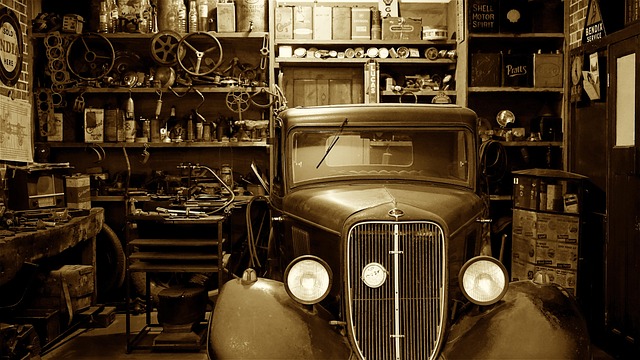
The art of classic car restoration is a meticulous process that has evolved over centuries, transforming the automotive industry along the way. Historically, restoring vintage vehicles was more than just fixing mechanical parts; it involved preserving a piece of automotive history. Every dent, scratch, and faded color tells a story of its time on the road. With the rise in popularity of classic cars, dedicated auto body shops began to specialize in this intricate craft, refining techniques for repairing vehicle bodywork while keeping the originality intact.
This meticulous approach extends beyond the aesthetic. Classic car restoration involves addressing various forms of car damage repair, from replacing missing panels and re-finishing surfaces to rehabilitating antique interiors. Skilled restorers meticulously document each step, ensuring that every detail is accounted for. This historical perspective has not only enhanced the art but also shaped modern auto body shops’ capabilities, influencing contemporary vehicle customization and personalization trends.
– Evolution of restoration techniques and their impact on the industry
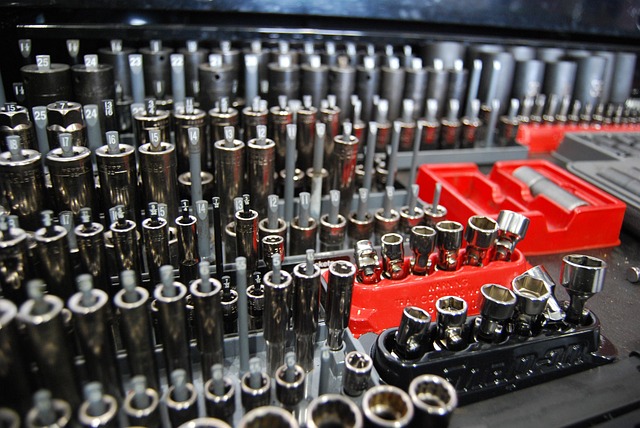
The art of classic car restoration has undergone a remarkable evolution, transforming the auto industry and inspiring a new generation of enthusiasts. In the early days, restoration was more of an artisanal practice, with restorers meticulously recreating every detail by hand. This time-consuming process involved intricate tasks such as finding or recreating missing parts, repairing or replacing rusted panels, and refinishing the car to its original splendor. With the rise of advanced technologies, classic car restoration has seen a shift towards more efficient methods without compromising authenticity. Modern tools like computer-aided design (CAD) software, 3D printing, and precision measurement equipment have revolutionized auto bodywork, allowing for accurate reproduction of parts and intricate details.
This evolution has not only improved the quality of restoration work but also made it more accessible to a wider range of enthusiasts. Advanced techniques in vehicle repair, particularly car body repair, now enable restorers to address complex issues with greater speed and precision. As a result, classic cars are being restored to higher standards, preserving their historical significance while meeting the expectations of modern automotive aficionados. The impact of these advancements is evident in the thriving market for classic car restoration services, where demand continues to outpace supply, highlighting the enduring allure and importance of this timeless craft.
– The role of passionate hobbyists and early restorers in shaping modern practices
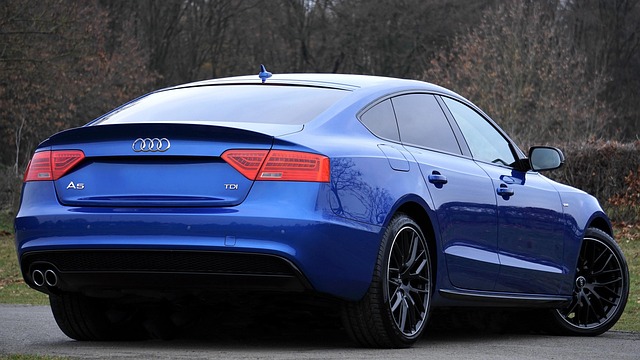
The passion for classic cars and the art of restoration have played a pivotal role in transforming the auto industry as we know it today. Early restorers, often driven by their love for vintage vehicles, laid the foundation for modern automotive repair practices. These dedicated hobbyists and pioneers not only honed their skills but also pioneered innovative techniques that are now industry standards. Their efforts in preserving historical cars led to a deeper understanding of classical engineering, materials, and construction methods, which has influenced contemporary automotive design and manufacturing.
Many modern auto shops and restoration specialists trace their roots back to these early restorers who took on the challenging task of bringing old vehicles back to life. Techniques like frame straightening, a crucial aspect of classic car restoration, have evolved over time thanks to their relentless pursuit of perfection. Even high-end brands like Mercedes-Benz repair draw upon this rich history, combining traditional craftsmanship with modern technology to cater to the growing demand for vintage vehicle upkeep and preservation.
Classic car restoration has not only preserved a piece of automotive history but also played a pivotal role in transforming the auto industry. The evolution of restoration techniques, driven by passionate hobbyists and early restorers, has elevated the art form into a sophisticated science. This historical perspective highlights how classic car restoration has influenced modern practices, fostering innovation, quality craftsmanship, and a deeper appreciation for the rich heritage of automobiles. As the demand for restored classics continues to grow, the industry’s focus on authenticity and precision ensures that these iconic vehicles remain not just functional relics but living testaments to our automotive past.
